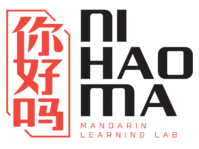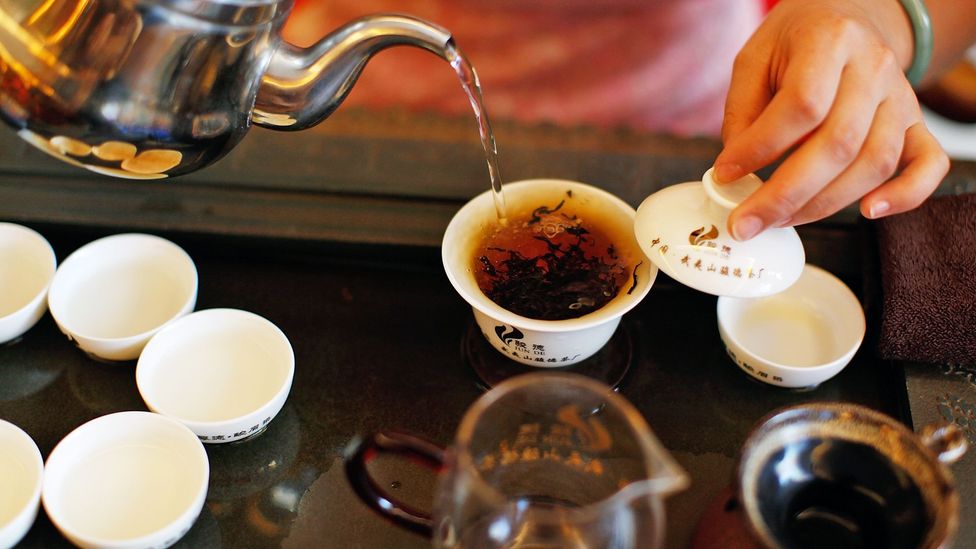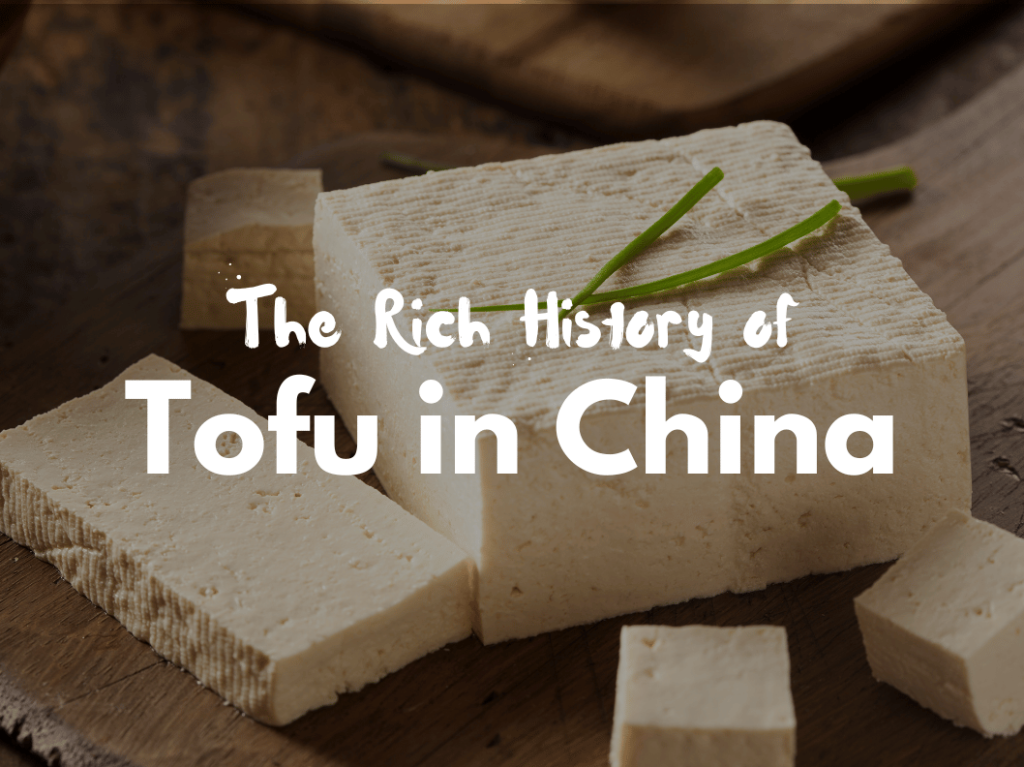Calligraphy, the art of exquisite handwriting, has captivated minds and hearts for centuries. It’s more than mere penmanship; it’s a harmonious dance of mind, body, and spirit. To truly appreciate the beauty and depth of calligraphy, one must understand the essential tools and techniques that shape this timeless art form.
This blog will delve into the world of calligraphy, exploring the indispensable instruments used by famous calligraphers and the masterful techniques that transform simple strokes into works of art. Whether you’re a seasoned calligrapher looking to refine your skills or a curious beginner eager to embark on this artistic journey, this exploration will equip you with the knowledge to create your own stunning calligraphy pieces.
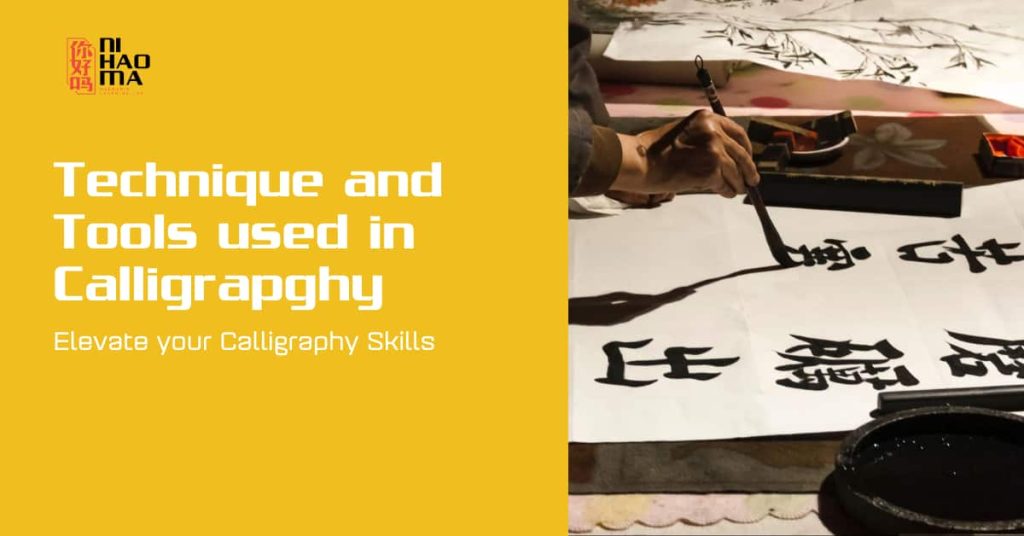
Essential Calligraphy Tools
The heart of calligraphy lies in the tools employed. Each element, from the brush to the paper, plays a critical role in shaping the final piece.
Brush and pen
Traditional Brush
A Chinese calligraphy brush is essentially a hollow tube filled with fine hair. Traditionally made with a bamboo tube, modern brushes often use plastic. The brush’s hair, which determines its writing characteristics, comes from various animals. While sheep, wolf, and rabbit hair are common choices, hair from bulls, horses, and even pheasants has also been employed.
- Soft Brushes: Typically made from sheep hair, soft brushes are known for their excellent water absorption capacity. This makes them ideal for writing large characters and fluid styles like seal, clerical, and running script. While pheasant hair offers similar softness, it is less common and more expensive.
- Hard Brushes: Made from the hair of animals like mountain rabbits, weasel, wild horses, and bobcats, stiff brushes provide greater control over stroke thickness. They excel at creating sharp, longer, defined strokes and are preferred for writing styles that demand stiffer edges. However, they are generally more costly than their softer counterparts.
- Mixed Hair Brushes: Combining the best of both worlds, mixed hair brushes offer a balance of softness and stiffness. It is mostly made of two or more kinds of animal hair. These versatile brushes allow for a wider range of expressive possibilities, making them a popular choice among calligraphers.
The size of the brush also matters. Larger brushes create broad strokes, while smaller ones are perfect for intricate details. Proper care of your brush is essential to maintain its shape and longevity.
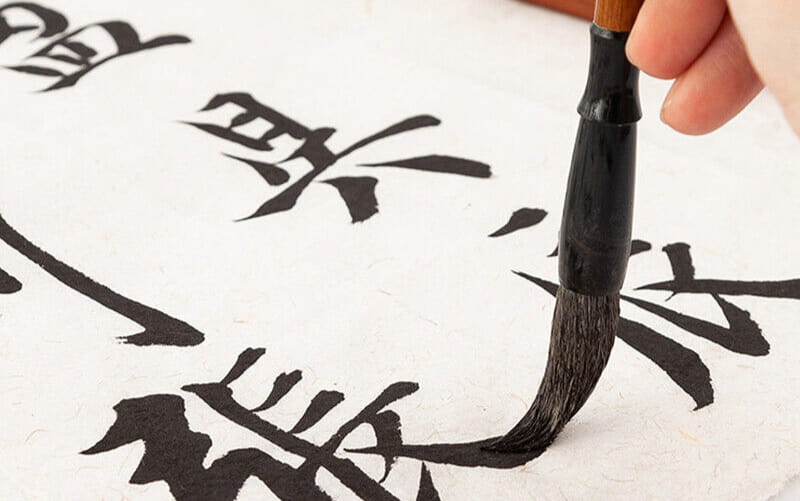
Brush pens
Brush pens are user-friendly tools ideal for beginners and casual artists. Their various tip sizes, and immediate ink flow make them perfect for sketching, coloring, and basic calligraphy.
However, their tendency to dry out quickly and wear down limits their precision and longevity. While they offer a wide range of creative possibilities, more experienced calligraphers often prefer tools that provide greater control and durability.
Dip pens
Dip pens offer an unparalleled level of control and customization for calligraphers and artists. Composed of a nib and a holder, they require the writer to dip the nib into ink before each stroke. This process might seem laborious compared to modern pens, but it rewards patience with exceptional results.
The heart of a dip pen is a nib holder and replaceable nib , which comes in a vast array of sizes, shapes. This variety allows for infinite creative possibilities, from fine lines to bold strokes. Additionally, the ability to experiment with different inks opens up a variety of color and texture choices.
While dip pens demand a certain level of skill and practice, the mastery of this tool can lead to a profound appreciation for the writing process. The tactile experience of dipping the pen into ink, the feel of the nib on paper, and the ability to create unique lines make dip pen writing a truly rewarding experience.
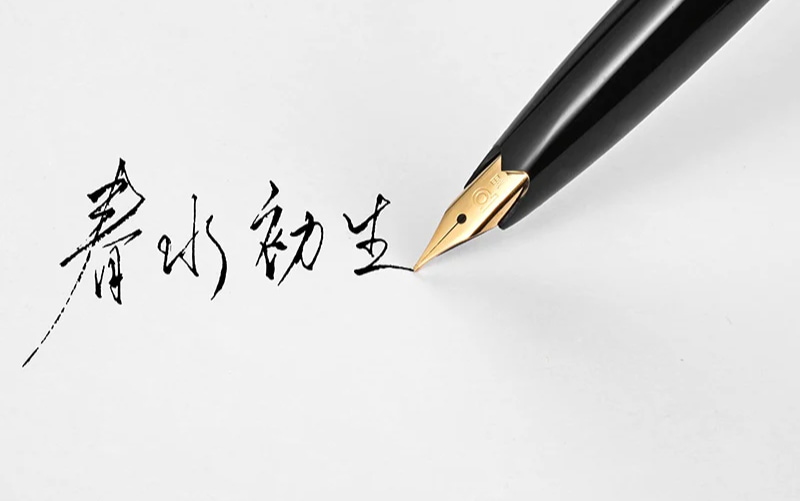
Paper
The choice of paper is a critical aspect of calligraphy. It serves as the canvas upon which the artist’s vision takes shape. The type of paper used significantly influences the appearance and character of the finished piece. From the traditional Xuan paper to the more modern machine-made varieties, each paper offers unique qualities that cater to different artistic preferences and techniques.
Xuan Paper
Xuan paper has a history dating back at least two millennia. Originating in the Tang Dynasty, it’s crafted from the inner bark of Qing Tan trees. Despite its thinness, Xuan paper is remarkably strong. Its smooth, absorbent surface makes it an ideal medium for calligraphy.
Xuan paper comes in two main types: Single Xuan, which is more sensitive to color, displays colors vividly, and Double Xuan, which is more durable but produces less vibrant hues. Most Xuan paper is untreated, but some varieties are coated with alum to increase moisture resistance.
Calligraphers and painters believe Xuan paper enhances the beauty and quality of their work, making it an indispensable part of the tradition. The enduring vibrancy of centuries-old scrolls on Xuan paper is a testament to its exceptional qualities.
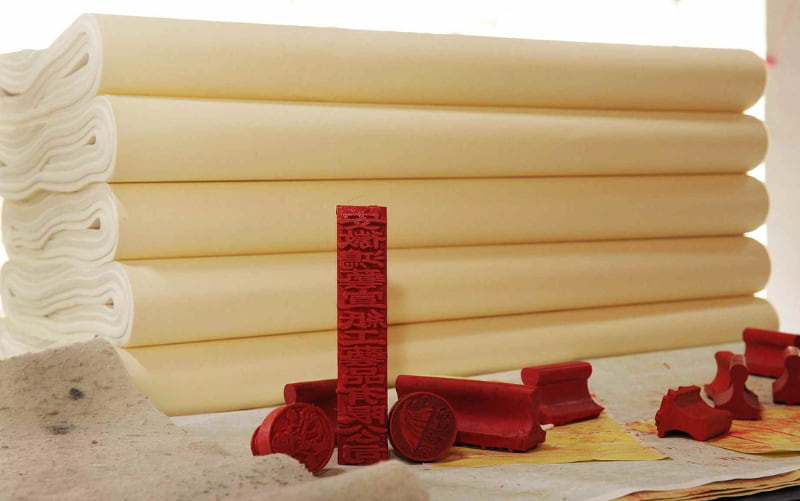
Pi or Mulberry Paper
Unlike the more refined Xuan paper, Pi or Mulberry papers are characterized by a higher proportion of tree bark in their composition. This inherent difference results in a paper that is noticeably less smooth and exhibits greater resistance to moisture.
While Xuan paper is renowned for its even surface, Pi and Mulberry papers often display pronounced textures, adding depth and character to artworks. However, this textural richness comes at a slight cost to color vibrancy, as these papers tend to absorb ink differently.
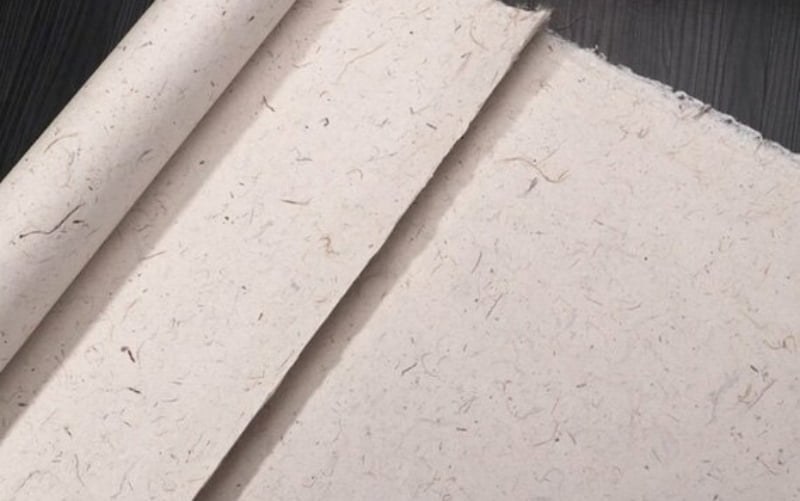
Machine Made Paper
Unlike traditionally handmade papers, these papers are produced using machinery, resulting in a distinct feel. Often sold in continuous rolls, they are a more budget-friendly option compared to their handmade counterparts.
Due to the controlled manufacturing environment, machine-made papers exhibit consistent quality from batch to batch, providing a reliable surface for practice and experimentation. Their uniformity is particularly beneficial for beginners seeking to develop their skills without the variables inherent in handmade paper.
Ink
Traditionally, ink used in Chinese calligraphy is made from lampblack, a soot produced by burning pine resin or oil. This soot is mixed with glue and molded into inksticks. The glue binding the soot in an inkstick is crucial to its quality. High-end inksticks contain minimal glue (around 20%), while lower-quality ones have a more balanced composition of soot and glue. To create ink for writing, the inkstick must be ground on an inkstone with water. Inksticks come in various colors and qualities, depending on their ingredients and production method. The quality of the inkstick significantly impacts the appearance of the calligraphy.
High-quality inksticks have a fine texture and produce a clear, resonant sound when tapped. Often adorned with poetry, calligraphy, or artistic designs, they are highly collectibles. The process of grinding ink on an inkstone is considered a meditative art form, requiring patience and skill. While many Chinese artists prefer the traditional method of grinding their own ink, pre-ground ink is also available. The primary difference between these options lies in the process, not the ingredients. However, achieving precise ink consistency is often easier by grinding the ink oneself.
Foundation of Calligraphy Technique
Basic Strokes and Strokes Order
Calligraphy is built upon a foundation of fundamental strokes. Mastery of these strokes is essential for creating elegant and precise characters. While variations exist across different calligraphy styles, the following eight strokes are commonly recognized as the building blocks:
- Diǎn, (點/点) “Dot”
- Héng, (橫) “Horizontal”
- Shù, (竪) “Erect”
- Gōu, (鉤) “Hook”
- Tí, (提) “Raise”
- Wān, (彎/弯) “Bend, curve”
- Piě, (撇) “Throw away, slant”
- Nà, (捺) “Pressing forcefully”
Understanding the correct stroke order is also crucial for achieving proper form and balance in calligraphy. While there are general guidelines, specific stroke orders can vary depending on the character and calligraphy style. Characters are typically written from top to bottom, then left to right, and horizontal to vertical.
Consistent practice and observation of master calligraphers’ works will help refine your stroke order and overall technique. When encountering complex characters, online resources can be invaluable for determining the correct stroke order. Regular practice is key to internalizing these sequences, allowing for more natural and fluid handwriting as you progress.
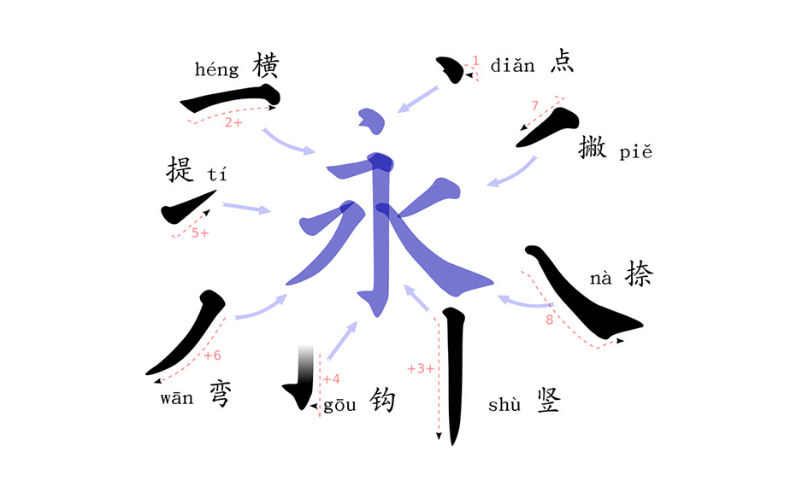
Brush control technique
Proper brush handling is essential for mastering calligraphy. Unlike traditional writing, the calligraphy brush should be held vertically, grasped between the thumb, index, and middle fingers, with the ring and fourth fingers providing stability. While this grip might feel unfamiliar initially, practice will refine your control.
Achieving varied line thickness is key to expressive calligraphy. This is controlled primarily through brush pressure. Some strokes demand a gradual increase in pressure, while others require a swift flick of the wrist. Additionally, regulating the amount of ink absorbed by the brush is crucial for maintaining quality.
Posture and Focus
Proper posture is essential for achieving optimal results in calligraphy. A relaxed yet upright stance is paramount. Sit with your back straight, avoiding slouching or leaning back.
Ensure your feet are flat on the ground for stability and balance. Maintain a neutral head position, preventing undue strain on your neck. This aligned posture fosters focus and precision, allowing for greater control over your brushstrokes. By establishing a strong foundation through correct posture, you’ll enhance your ability to execute intricate calligraphy techniques with ease and grace.
Find your Calligraphy styles.
As a beginner, the vast array of calligraphy styles can be overwhelming. Understanding the characteristics of each style will help you choose a starting point that aligns with your interests and skill level.
Regular Script
Often recommended for beginners, regular script is characterized by its clear structure and distinct strokes. It provides a solid foundation for understanding character formation and stroke order. Its formal and structured nature makes it a good starting point for developing basic calligraphy skills.
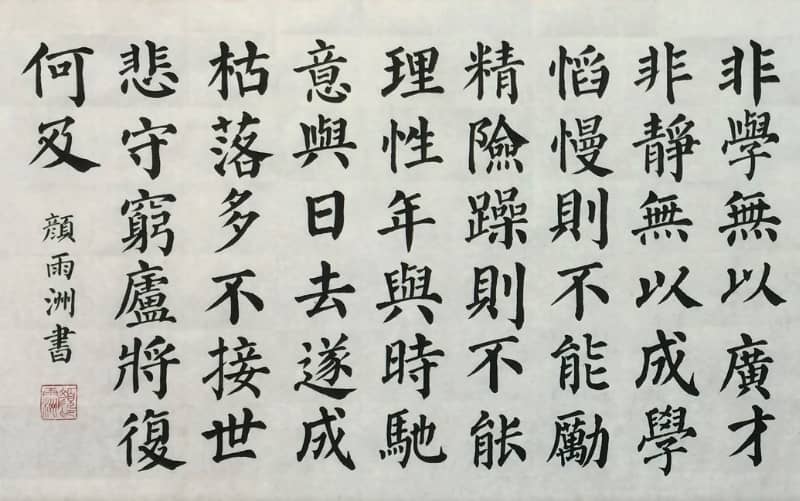
Clerical Script
While more complex than regular script, clerical script offers a beautiful and elegant aesthetic. If you’re drawn to the angular and structured forms, this style might pique your interest. However, it’s generally recommended to master regular script first before venturing into clerical script.
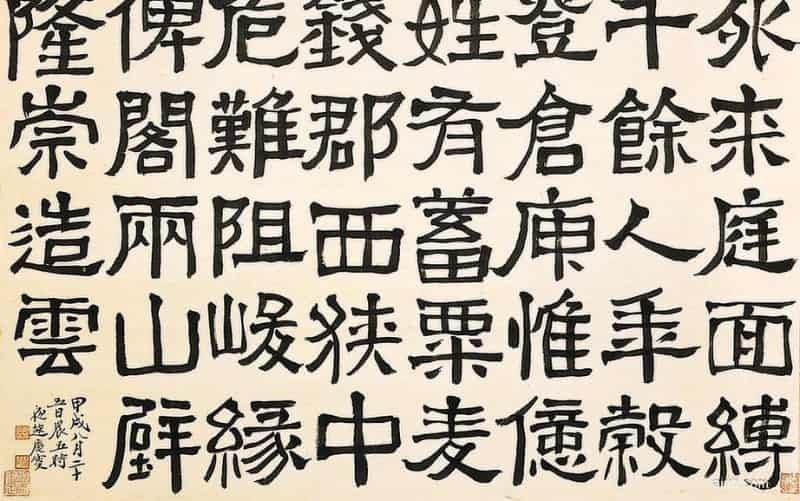
Running Script
Running script prioritizes the right side of characters, often streamlining elements on the left for efficiency. While appearing less structured, this style demands advanced calligraphy skills and a solid foundation in other scripts to master its fluidity and expressiveness.
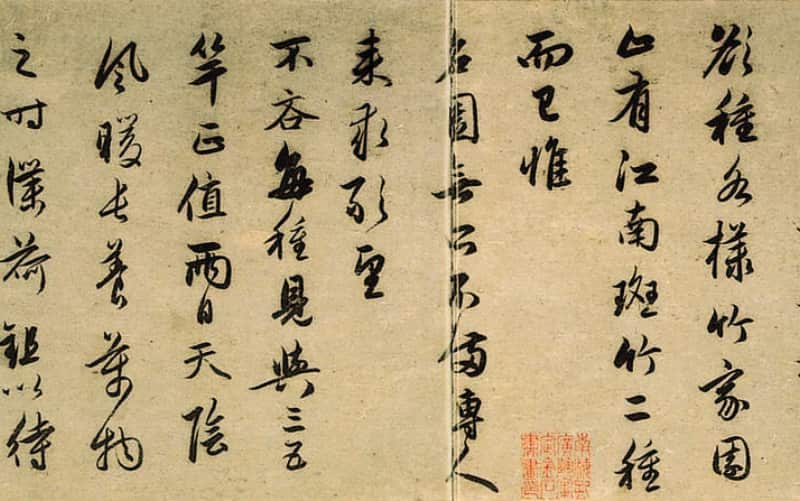
Cursive Script
Known for its abstract and flowing nature, cursive script is the most challenging style. It requires a deep understanding of character structure and years of practice. Beginners are generally advised to focus on mastering regular script and running script before attempting cursive script.
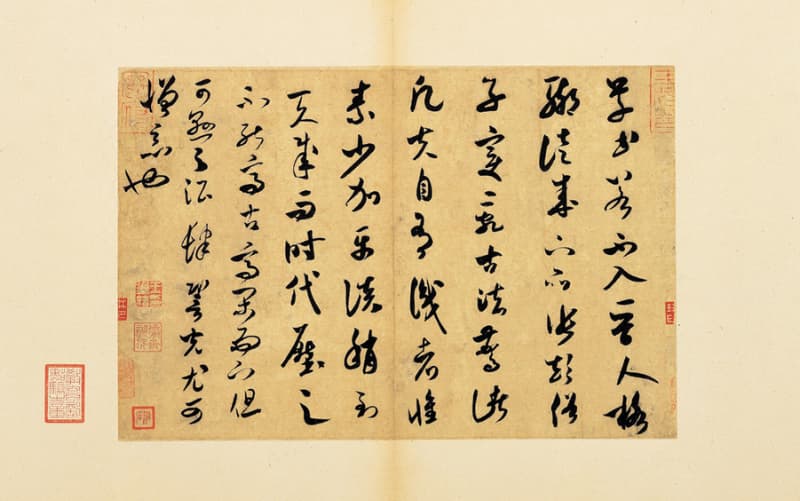
Seal Script
With its ancient and decorative appearance, seal script can be a captivating choice. However, its complex structure and circular forms make it challenging for beginners. It’s often explored as a complementary style after gaining proficiency in regular script.
Remember, the best way to determine which style suits you is to try them all. Don’t be afraid to experiment and find what resonates with you. As you progress, you may discover a preference for a particular style or enjoy the challenge of mastering multiple scripts.
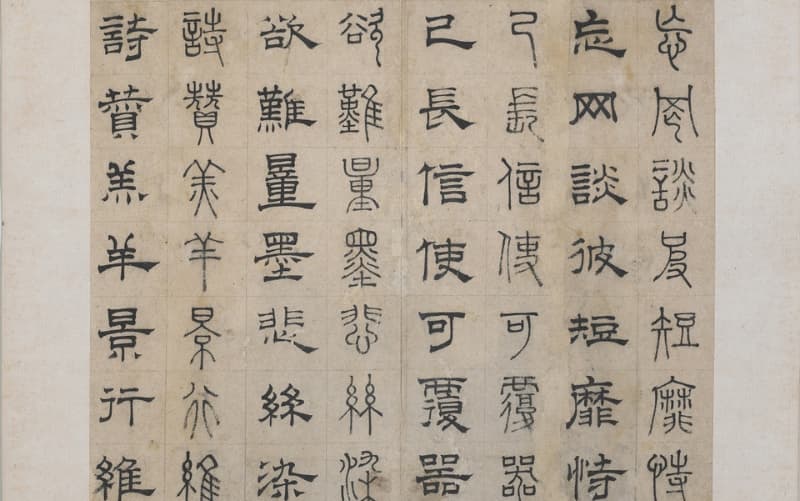
Conclusion
Mastering the art of calligraphy is a journey that requires dedication, patience, and a deep appreciation for tradition. The right tools, coupled with a solid understanding of techniques, form the foundation for creating beautiful and expressive works.
Remember, calligraphy is not merely about technical proficiency; it’s also a meditative practice that nourishes the soul. Embrace the process, experiment with different styles, and most importantly, enjoy your creative journey!
